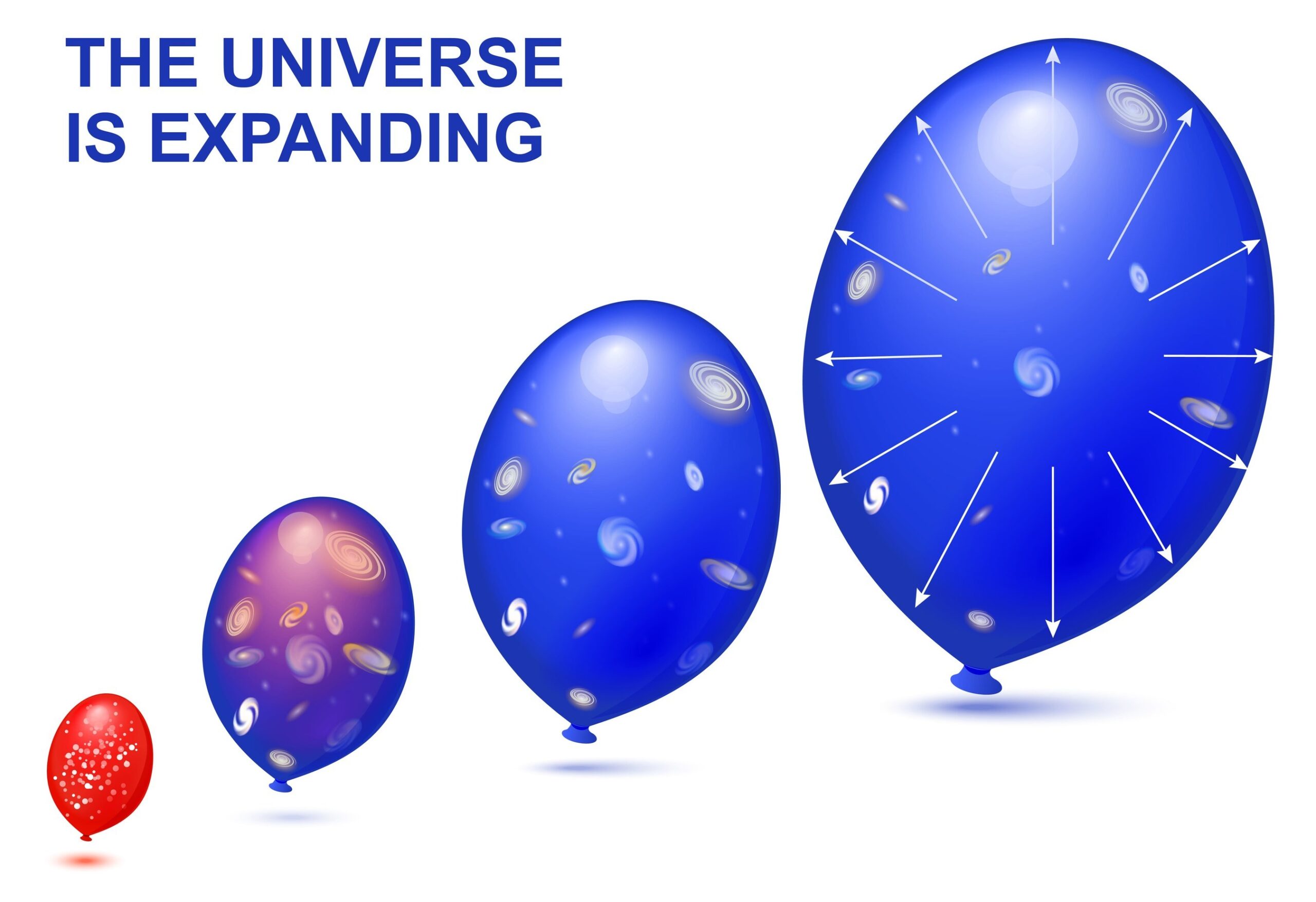News
What does a unification theory mean for general relativity and quantum mechanics fields?

- The quest for a unification theory is still the pursuit of many physicists.
- Along with that are other questions like the origin of time, are there multiverses? And more
- One physicist is confident that he may have provided the answer to one of the most significant quests in physics, a unification framework of general relativity and quantum mechanics.
There is much to be excited about and pursue in physics in 2023 and beyond. That is the view of two leading scientists. Cosmologist Michael Turner, an emeritus professor at the University of Chicago, and Maria Spiropulu, Shang-Yi Ch’en Professor of Physics at the California Institute of Technology, were speaking in an interview with the New York Times. The two are co-chairs of Elementary Particle Physics: Progress and Promise, a committee appointed by the National Academy of Sciences.
Professor Turner explains that the quest for a grand unification theory is still on as it would answer things like how space-time, dark energy, and dark matter fit in everything about the universe. He further holds the view that the search for unification theory is not the only thing going on but rather a part of various quests, with even more significant questions being the origin of space and time, whether there is a multiverse, and whether our universe has an end.
According to professor Spiropulu, one of the challenges in settling for a unification theory is that the science community is yet to understand the mass of Higgs, and it is yet to find supersymmetry. She, however, believes such a theory is possible, pointing out that fundamental forces of gravity and electromagnetism and the strong and weak nuclear forces appear to be equal at high enough energies. She, however, says such a theory remains a puzzle, and a new way of thinking or new questions may be necessary to unlock new insights.
A physicist from India has asked a different question, and he is confident this has led him to the correct answer.
Is this the answer to a unification theory?
The search for a unified theory may be over if Mr. Subhajit Waugh has anything to say about it. He presented a solution to the conflicting aspects of general relativity and quantum mechanics in a landmark paper. The basis of his solution lies in changing the current understanding of the shape and size of the universe.
Mr. Subhajit Waugh (a physicist from the Raja Ramanna Centre for Advanced Technology, Department of Atomic Energy, Government of India) argues that the universe’s shape is a 3-dimensional hyper-surface of a (hyper) balloon and not the currently held view of an infinite, three-dimensional flat, universe. He supports his ideas by employing the Minkowski SpaceTime equation and the center of the mass equation as his principal tools, taking into account the sum of solid angles rather than plane angles and the existence of two distinct frames of reference/viewpoints.
With this foundation, quantum mechanics and general relativity are not conflicting but rather two different perspective points. Relativity becomes our viewpoint, while quantum mechanics is nature’s viewpoint. As explains;
“Both phenomena are like two sides of the same coin. Relativity is inside the light cone phenomena -since nothing can travel faster than light-while Quantum Mechanics is outside the light cone phenomena -allowing instant communications in ‘quantum entanglement’ experiments. Both are dictated by the scale (i.e., whether we use classical/human scale or sub-atomic scale).”
Implications of a unification theory
If his new theory stands and is proven accurate, his findings could have significant implications in general relativity and quantum mechanics. For example, a unified theory would provide a deeper understanding of the nature of particles and waves. It could potentially resolve some of the paradoxes and mysteries surrounding wave-particle duality, such as the double-slit experiment.
It could also potentially provide a more comprehensive and unified approach to Lagrangian and Hamiltonian mechanics, which are currently described by separate theories. This new understanding would also impact quantum entanglement offering a more complete and consistent description of quantum mechanics, including the phenomenon of entanglement. This could have implications for quantum computing and other applications.
Finally, a unified theory provides a more complete and consistent description of the fundamental conservation principles of physics, such as the conservation of energy, momentum, and angular momentum. And these are just the starting points.
Overall, a unified theory would have far-reaching implications for many areas of physics and could lead to breakthroughs in our understanding of the universe and the fundamental forces that govern it.

